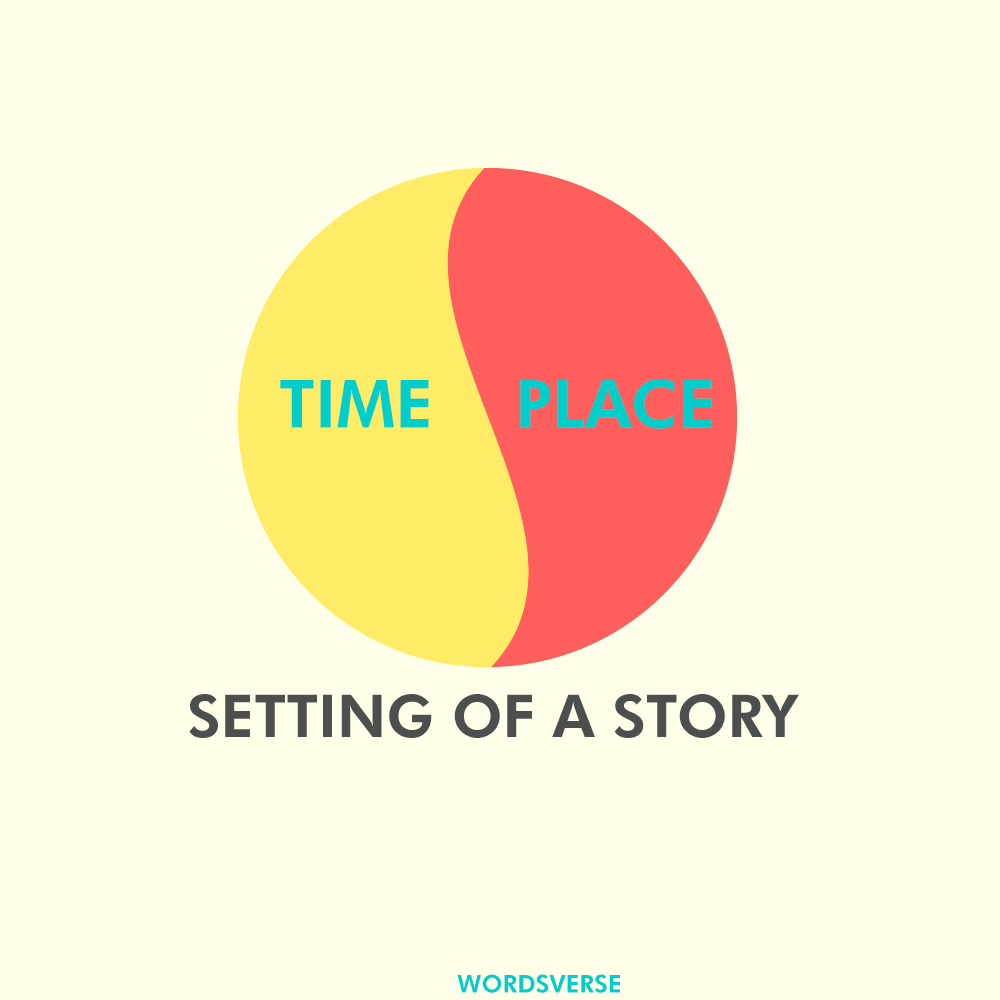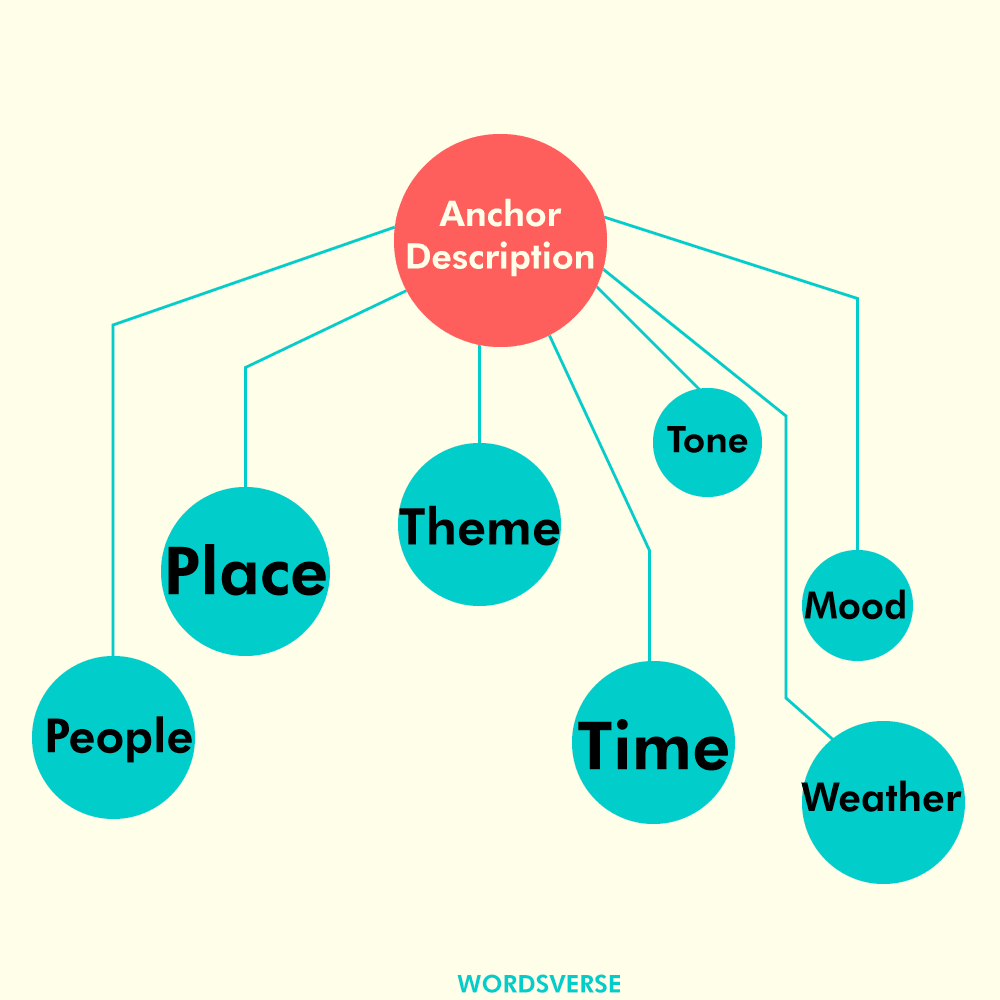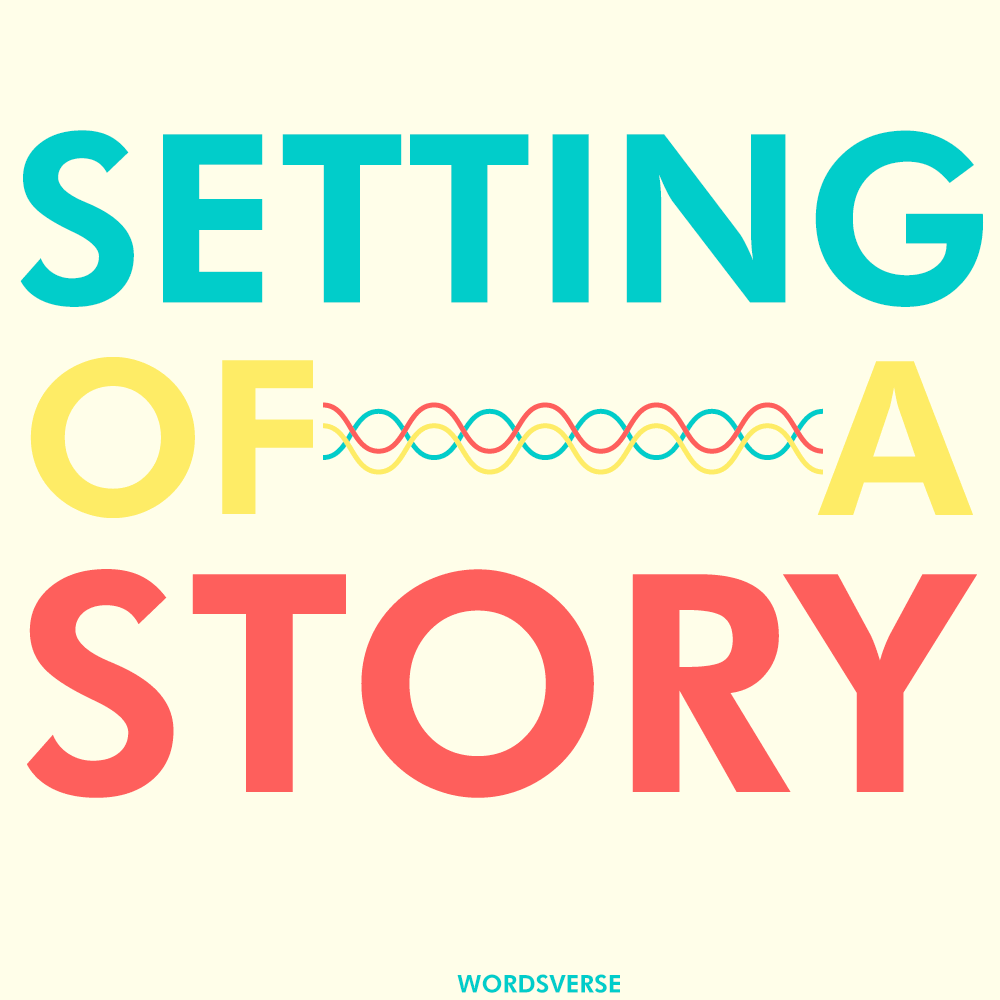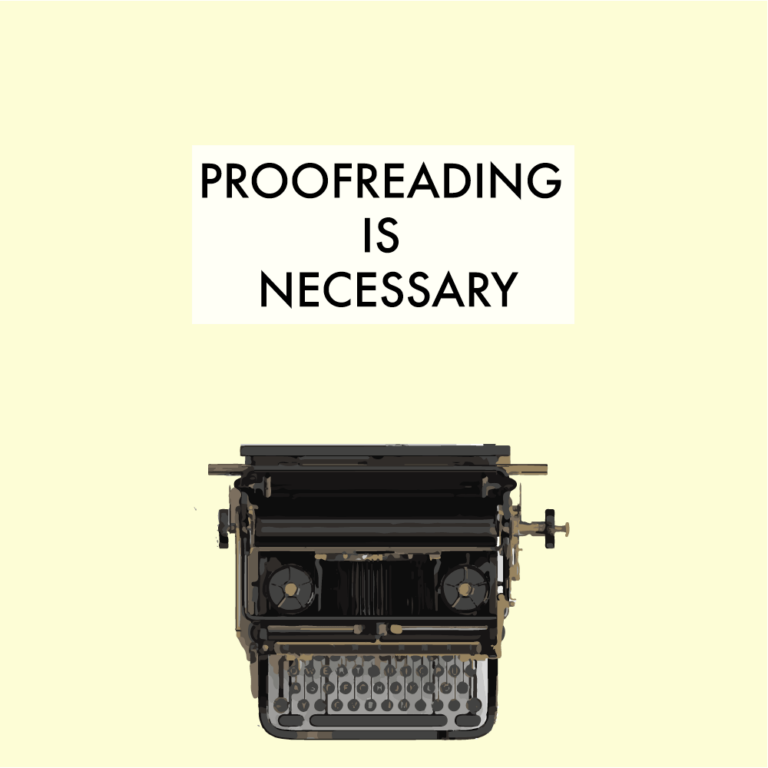Out of the four major elements of a story, the setting of the story is the most subtle one. Hiding in plain sight, the readers are never really exposed to it directly. But if there is a flaw in the setting, readers can quickly point it out, calling it “something was not right” or “the story did not connect”. This is why it is important to understand the form and use of setting in a story.
The setting of a story is the time and place and everything that concerns these two of a story. Where is the story taking place and when is everything happening. This is a broad part of it. There are hundreds of tiny elements in both elements and we’ll be looking into that, using some novels, movies, and games as examples.
A story requires a world for the characters and elements. This world is either created by the imagination of the author or is based on a real-life location at a particular time. No matter if it is real or fictional, establishing a concrete, defined setting is very important for the story to work.
How story and setting are connected
The setting is an integral part of a story that holds the theme, tone, mood, and structure of the story together. Let’s say that you are writing epic fantasy, one that could stand in the leagues of The Lord of the Rings. You cannot establish that story in Brooklyn, New York in 2018. It is not just that the story would not make any sense, but nothing else would fit.
So for a fantasy story, you have to go back in time, preferably during medieval times and a place that would make people’s imagination sweat if they were asked to come up with it. A world of lands with green fields, high mountains, magical rivers contrasted with a hellish landscape scathed with volcanoes, red-smokey skies. Then the story would fit in.
Genre and setting
Every genre of the story demands a tailored setting. So if your story is a romantic-comedy, do not make it happen in Middle Earth. Instead, to keep the mood light and cheery, choose a happy, sub-urban place with friendly neighbors. This is pretty obvious. But sometimes, you have to switch to advanced mode to make your story shine. And to illustrate this example, I’ll use a game that you may or may not have played.
Understanding setting with a game
The game I’m referring to is Dying Light and it was released back in 2014. It is a zombie-survival game where you are dropped in as a secretive agent, trying to get access to the research work done for an antigen. The location is based in a city called Harran, somewhere in Turkey.
What makes this game connect so well with the story and genre is how everything is set. First, there’s an orange tint in the sky and surrounding, giving it a very middle-eastern feel. The architecture is also based on middle-eastern designs. As the player, you are sent to this foreign land to deal with unknown people. So for someone playing this game from America, the feeling of being stranded starts at this point.
The world is isolated which further deepens the feeling of being alone. There are hardly any large houses or buildings and most of them are thin and fragile. This creates a sense of vulnerability. With zombies everywhere, there is no secure place to hide, making the threat feel real.
There’s the sky, a part most writers would ignore. The sky is reddish-yellow with a muddy tone, never blue. You can see crows hovering somewhere, indicative of a dead body nearby. But the most powerful element, yet the subtlest is tiny fragments (paper, ash, etc) constantly flying in the sky. This indicates a world after some destructive force hit it. A very small element yet it works so well in creating the environment.
Then there’s a shortage of weapons, forcing players to use tools such as crowbar or baseball bats. This puts the player at more vulnerability. The point I’m trying to make is things that you consider to be of little importance mount up to make the setting much better, even as small as ashes flying in the sky.

The advanced setting of stories
You can go the extra mile in establishing the setting of a story, putting tiny details everywhere to make the story even better. Let’s say that you are writing a story about a murder mystery. The story takes place in, let’s say the 1800s. If you want to create a fictional city, how about creating a crammed landscape of small, poorly built houses, meandering streets, and filled with crime? This location creates a sense of danger and fear and the confusing, congested streets make the city a maze.
Or let’s say a horror story. For horror to work, you have to invoke the fear of the unknown. If the readers know what the threat is, or where the threat is, there is no anticipation for it. This could dull out the story. Instead, use setting to your advantage by making the readers vulnerable. Here’s how;
Let’s put the protagonist in a large manor with old architecture. Also, putting the house in a secluded place, cut-off from the rest of the world enhances the story. But why stop there? Let’s introduce the presence of the unknown.
How about we put a forest behind the house? A dark forest from which sounds of howling reach the house? Or how about another house in the distance, but no one lives there. Adding an unknown element in the setting will enhance the horror experience.
Another example of an advanced setting method could be this; A story about a husband and wife that are not living the happiest life. They fight almost all the time, they are not happy with each other, and in short, their relationship is a mess. This must also translate to the setting of the story.
So let’s make their house a mess too. Things are not kept in the right place, there’s a bookshelf in their living room, a poorly constructed bed, the rugs are not in place, the cabinet door is broken, there are always piles of clothes lying on the couch, etc. This disorder in the physical world matches with the disorder in their lives.
Time of the story
When the story takes place matters a lot. Setting for time allows a lot of creative flexibility. You have the freedom of using any time you want for your story but for that, you need to do proper research. If you set your story in the 1800s, then you must know how people lived, what was the law back then, how people traveled, what they wore, what jobs were most sought after, and a lot more.
One little mistake in this and the whole story is ruined. Yes, ruined. This is why authors and directors do extensive research in knowing everything about the time the story is going to be in. Even if you base your story in recent times, say in the 1970s, or 1980s, you have to know that there was no such thing as the internet, Google, etc, something very easy to miss.
What to avoid in creating the setting
The setting is a compelling element of any story and the great thing about it is it is the most flexible one. You can set the story at any time, any place you want. You can create an entire world or even a galaxy. Unfortunately, this flexibility also creates the biggest problem with setting is writers often describe the setting in an expository way.
Too much description will tire the readers, pulling them out of the story, and making the setting ineffective. What you need to do is use the method of the show, don’t tell. This is where you give as much information as possible with a very little description. Let me show you how.
If I describe a railway station in the early morning hours of December, I don’t need to mention how cold the weather is. Readers will understand that it must be a cold morning. I can also add “two men, crouched near a makeshift fire they made using twigs” showing that the railway station is in some remote part of the world where central heating is not a thing.
I can also add “With two or three taxis in sight, I was the only one in the parking lot looking for a ride”. This not only shows that the station is sparsely populated but also shows that there are not a lot of visitors in this town. Use what I call “anchor” descriptions which are necessary for world-building but also bring other descriptions with them.
If you mention a party, you don’t need to mention it was loud there. If you mention people boating, you don’t need to mention there’s a lake. The point is, consider the common sense of the readers, don’t spoon-feed them.

Trick to create a better setting
The best way to create the setting of a story is to be there. If you can go to the place where you want your story to be, then go and be there physically. This will allow you to understand the place better. But if you cannot be there, then there’s Google Street View. Not as effective as physically being there, it could work well. But what about fictional places.
For fictional places, all you have to do is sit back in your chair, close your eyes, and start filling in the details. Walk on the streets of your imaginary city, feel the cold air, the smell of food cooking nearby, the texture of the jacket you are wearing, the chatter of people nearby, the soft honking of a car.
It might be tough if you do this for the first time, but keep doing it and you’ll get better. It is recommended that you do it in a quiet place, alone. And don’t worry, you don’t have to jot down the exact scene you are imagining. Once you have seen it, you’ll remember all the important things. This concludes the article. But that shouldn’t end the learning. Here are some more articles about improving your writing and creating more engaging, interesting stories. Take a look;
- The Different Elements of a Story, From the Most Important to the Least one…
- Why You Never Stick to One Style of Writing…
- How to Write Overused (but Effective) Character Tropes in a Refreshingly New Way.
- Here’s How You Should Write the Inciting Incident of Your Story







